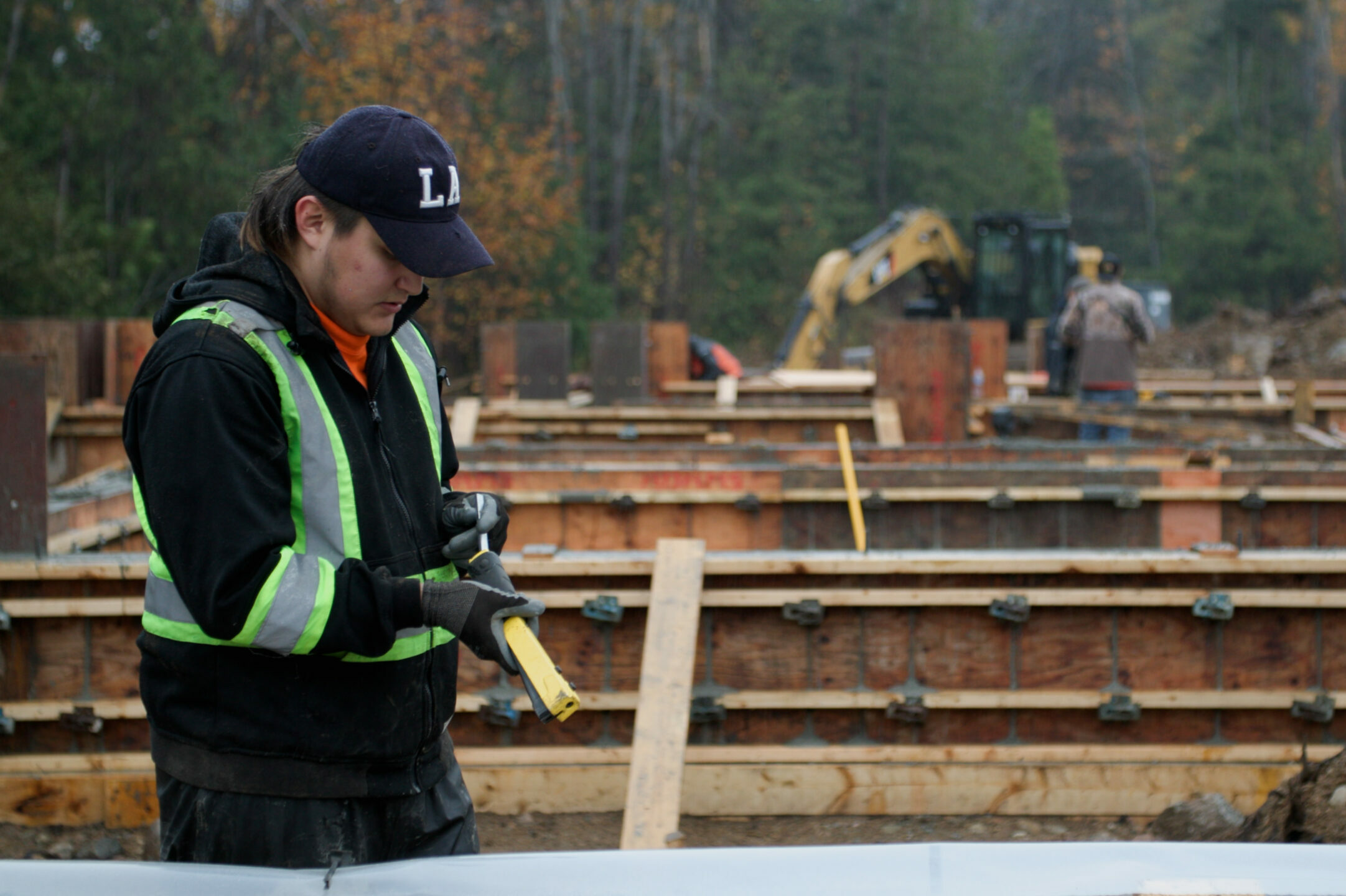“Excuse me, what’s this ‘procurement’ thing that you keep talking about?”
The question brought John Dumbrell up short. As a member of the technical team for the First Nations Infrastructure Institute (FNII), Dumbrell had visited a First Nations community several times to discuss a plan to improve their wastewater system. At one of several public meetings an Elder who was also a former Chief stood up and posed that question about procurement.
“So, it’s always been stuck in my mind that we use this term quite a bit but it is not all that well understood,” says Dumbrell.
At its simplest, the term “procurement” refers to the process for hiring services and/or buying materials or equipment. In the world of infrastructure, the term is often associated with complex projects that include both the construction costs as well as ongoing costs to operate and maintain the project.
Infrastructure projects are usually important to community objectives, such as health (e.g., clean drinking water), safety (well-built roads), education (good school building), etc. If things go wrong, not only can project costs soar and deadlines slip, but health, safety and other aspects of community life can be compromised.
“Many risks – financial, schedule and quality of product – can be managed through a good procurement process,” says Dumbrell.
But what is a good procurement process? There are several models that may be suitable depending on the nature of the project and the objectives of the community.
There are different ways of packaging services together – a good example is designing, building, and operating and maintaining infrastructure. These can be procured through separate processes or packaged together into one process.
An objective of a procurement model could be to reduce risk but they can also be used to:
- maximize competition among qualified proponents;
- ensure cost certainty;
- facilitate opportunities for helpful scope changes; and
- provide incentives for contractors to introduce new ideas and approaches that could offer significant additional value.
An example of the last point might be including an operational contract for the builder that makes them responsible for the facility for a specific time period. This can help offset the downside of low-cost bids.
If this sounds complex and daunting for a First Nations government to manage – that’s understandable.
“Building or replacing a project like a water or wastewater treatment plant isn’t something you’re going to do every five years – it’s going to be something you’re going to do once in a generation, hopefully,” says FNII Technical member Jason Calla. “The difficulty with that is that there may not be a lot of experience dealing with these types of projects to know the pitfalls to avoid or the best practices to use. And that’s really the idea behind FNII. It is to bring some bench strength to the team as well as some best practices to be used in developing that project. The goal is that FNII will be a center of excellence to build on lots of best practices and good models.”
For more information, view FNII’s free webinar about procurement practices. It’s part of a series of webinars that can be found in the Resources section of the FNII website.
The services of the First Nations Infrastructure Institute are free and available to any Indigenous organization in Canada. Contact FNII to discuss how it might help with your infrastructure project.

